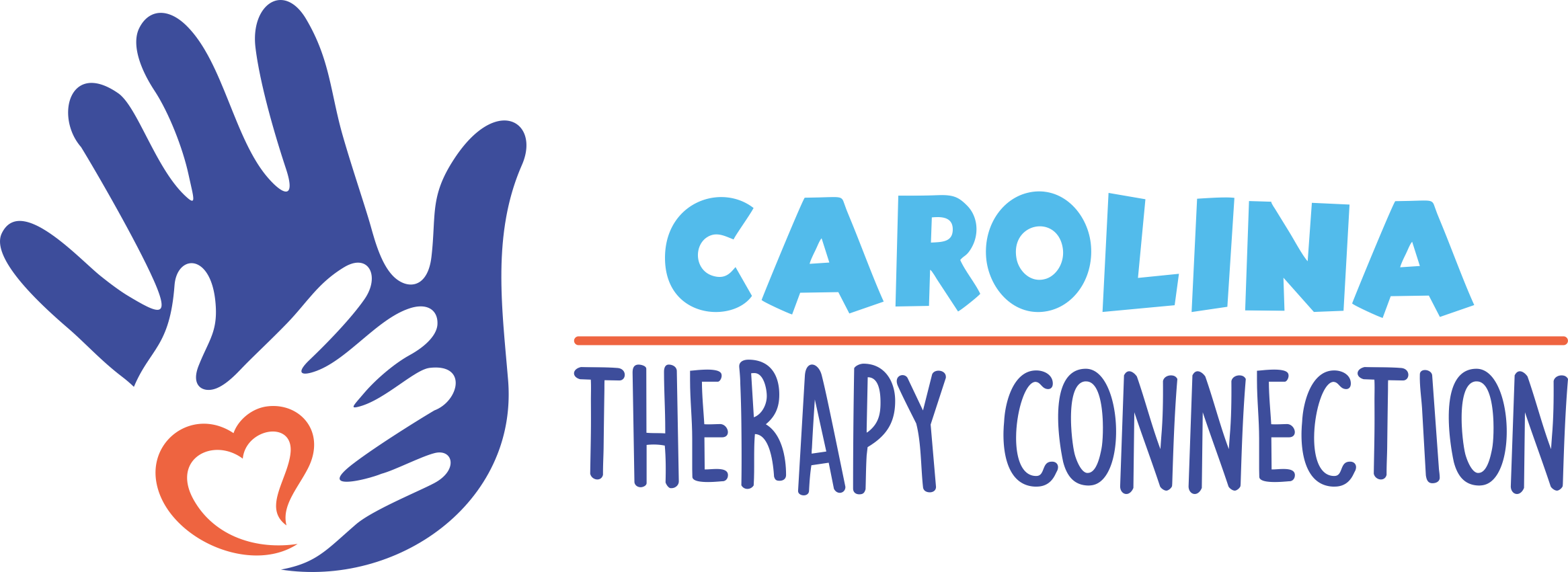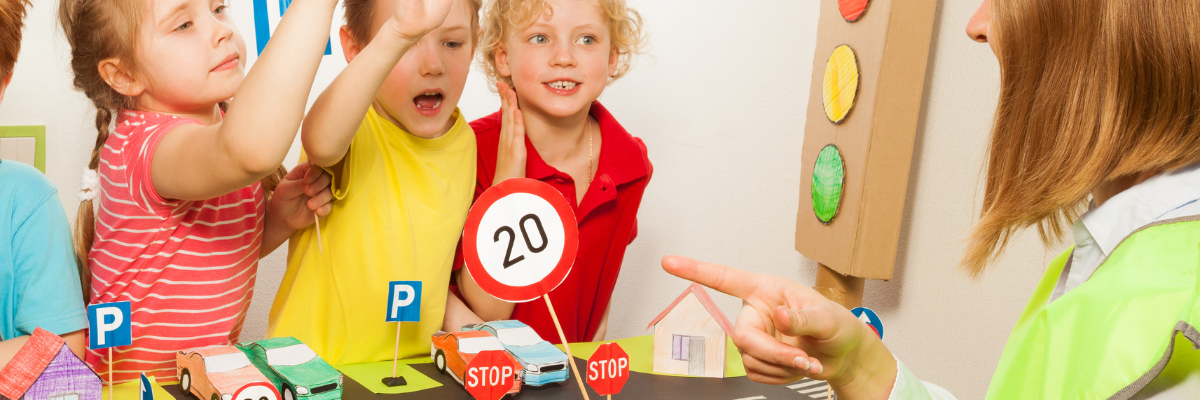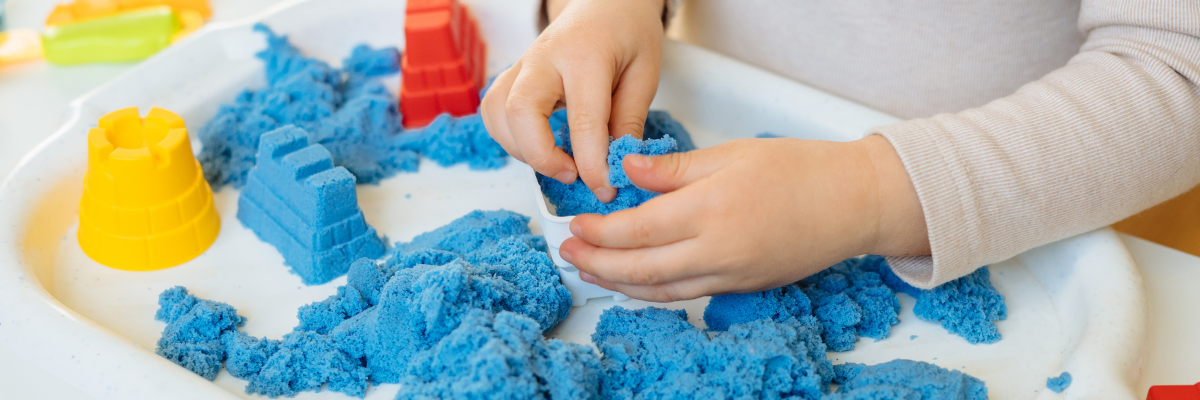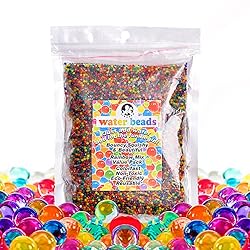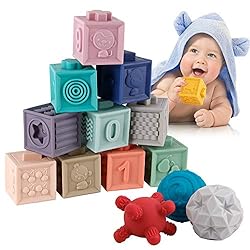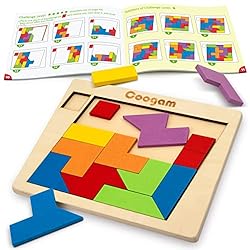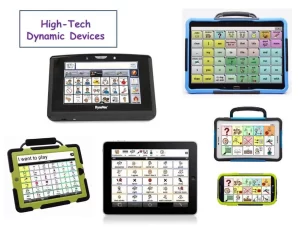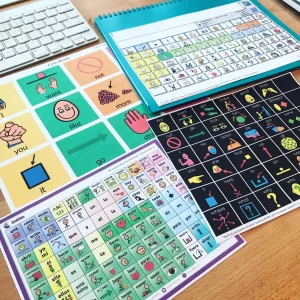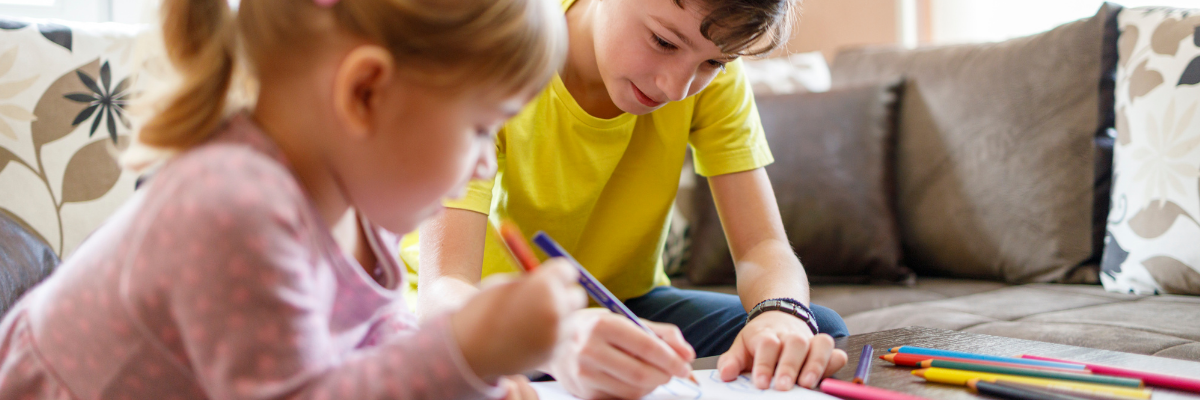What are the Zones of Regulation?
The Zones of Regulation is a curriculum that your child’s therapist may use to help your child develop self-regulation skills. Self-regulation is “the ability to achieve the preferred state of alertness for the given situation.” Other terms often interchanged for self-regulation include self-control, impulse control, and self-management. The curriculum focuses on lessons and activities to help the child identify their different “Zones” and strategies to increase self-regulation. Additionally, your child will be able to increase their understanding of emotions and coping skills.
The Zones: Self-Regulation
“The Zones of Regulation creates a system to categorize how the body feels and emotions into four colored Zones with which the students can easily identify.”
There are four zones within the Zones of Regulation
- Blue Zone
- Green Zone
- Yellow Zone
- Red Zone
The Blue Zone is a state of low alertness. Feelings can include sad, tired, sick, or bored.
The Green Zone is a state of ideal alertness. This includes feeling calm, happy, or focused.
The Yellow Zone is a state of heightened alertness. Feelings can include frustration, worry, excitement, silliness, or fear.
The Red Zone is a state of extremely heightened alertness. This includes anger, rage, extreme fear, and explosive behavior.
How are the Zones used?
Your child’s therapist will work with them to identify which Zone they are in and strategies to help them self-regulate within each Zone. They will work together to develop a “toolbox” with strategies and techniques for obtaining optimal alertness in everyday situations. It is important to understand that no zone is “bad,” and all are expected from time to time. Instead, the intention is to help your child identify tools and coping strategies to self-regulate within each Zone.
What can Carolina Therapy Connection help?
For the Zones of Regulation to work as intended, home carryover is super important. Strategies include using the same language and talking about the Zones within the home and community environments. Applying strategies to yourself can also increase carryover. For example, you may say, “This is super frustrating, and I am starting to go into the Yellow Zone. Maybe I will take some deep breaths.” Additionally, validate the zone that the child is in and help them implement the strategies and tools to self-regulate. Your child’s therapist can share the language and strategies used with the Zones of Regulation to increase carryover at home.
By: Carolina Zissette, OT
